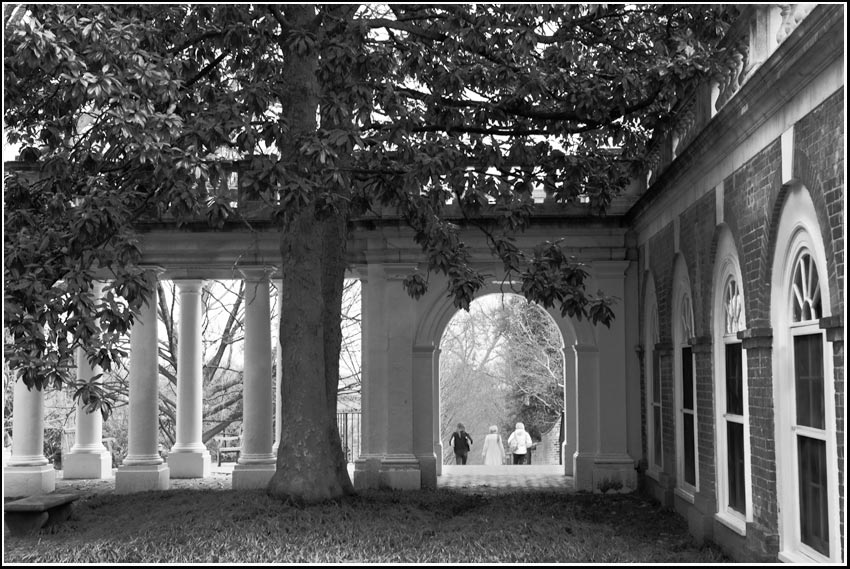
Visited the Rotunda yesterday to see the magnolias that have occupied the gardens flanking that structure for a century. Has the fate of the trees been sealed?
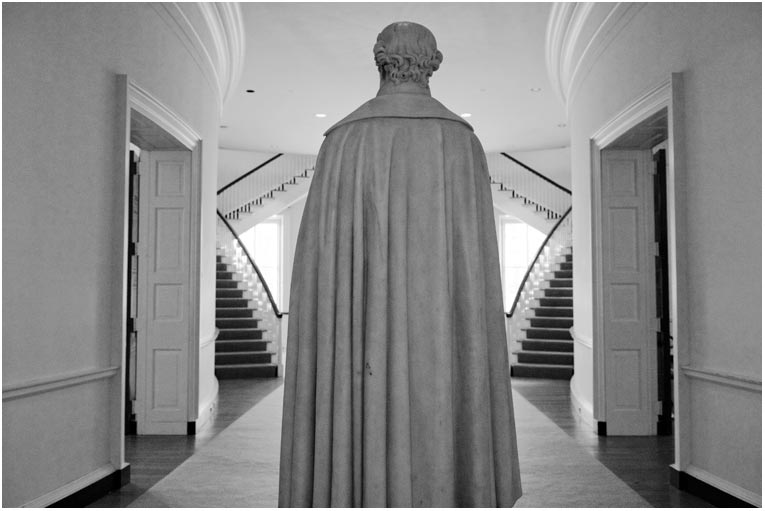
Will Mr. Tom come flying out of the Rotunda when the chainsaws crank to bargain with the sawyers? Possibly he could have made tiny replicas of the Rotunda from the bull bay heartwood.
Category: flora
iso Quercus Alba
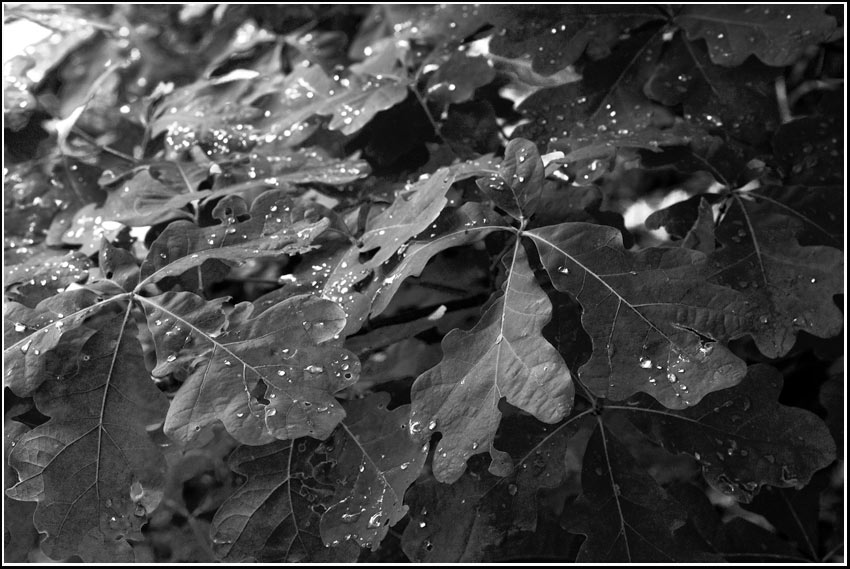
White Oak is a long-lived, slow-growing tree, reaching 60 to 100 feet in height with a spread of 50
to 90 feet in its native bottomland soil (Fig. 1). Old specimens can be massive, growing to be several
hundred years old. Since trunks can be six feet in diameter leave plenty of room for this tree in the
landscape. The trunk flares out at the base lifting sidewalks and curbing if planted in tree lawns less
than eight feet wide. The red fall color is fairly reliable year to year and is outstanding among the
Oaks in USDA hardiness zones 8a and colder areas. Brown leaves may be held on the tree into the early
part of the winter.–Gilman and Watson
According to the USDA’s Woody Plant Seed Manual, Quercus is the largest genus of trees
native to the United States (Little 1979) and was designated as the “national tree” by the National Arbor Day Foundation in 2004.
White oaks typically don’t bear acorns until their twentieth year. The large seedcrop years are spaced out, every four to ten years.
Nurseries don’t do much of a job propagating these.
This time last year I had twenty of these juveniles in pots. This year I haven’t been able to find a single acorn. I’ve checked in four counties. Bicycled to neighborhood in CHO looking for acorns where they are typically plentiful. No joy.
Smallest acorn crop in 20 years. New York Times has the story!
lightning
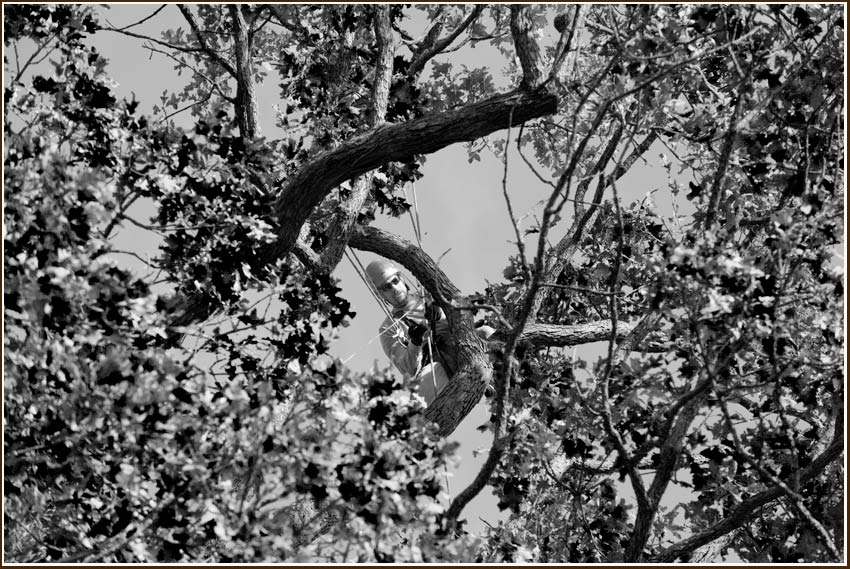
Jason Pierce installs lightening protection in the canopy of an oak in Maplewood Cemetery. Ed Sykes has the story on channel 29.
buttress roots
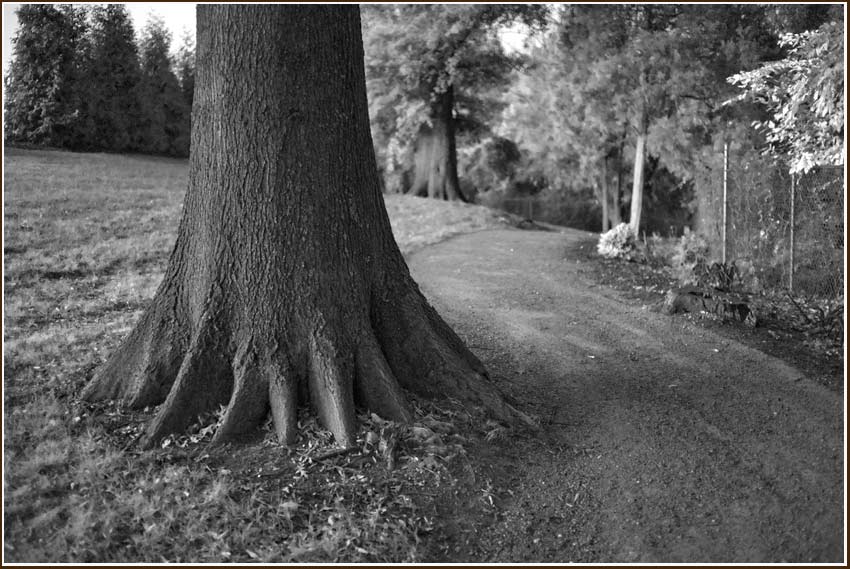
Westminster Canterbury path, Richmond, Virginia
killing frost
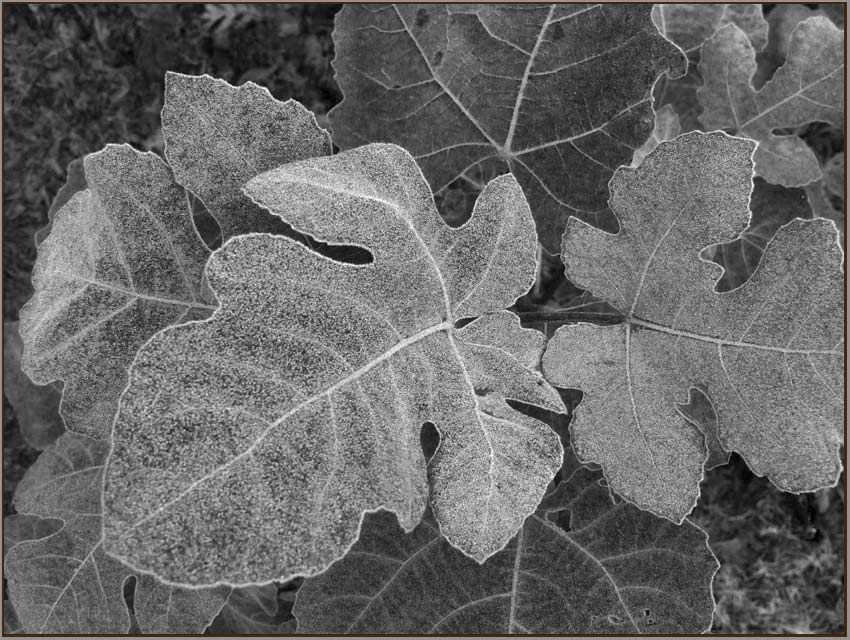
Ficus carica?
ficus?
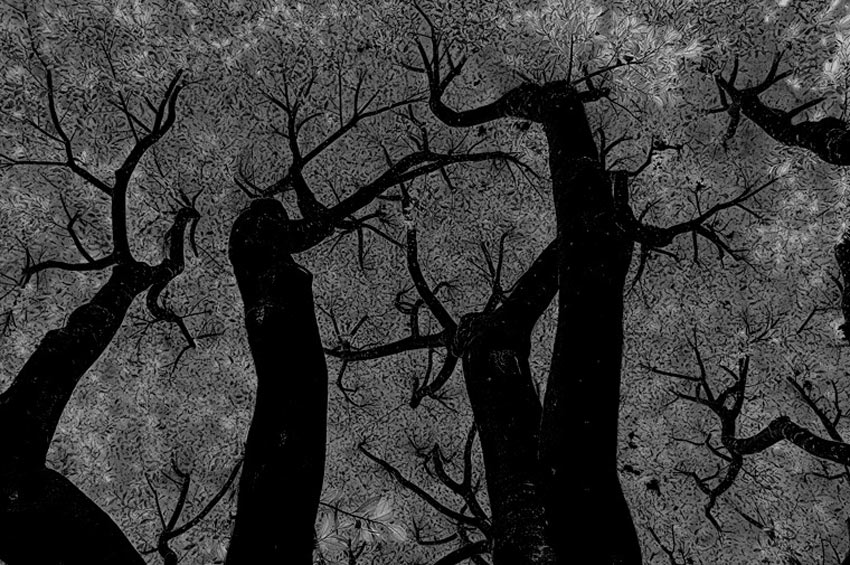
encountered some 6 y.o. digital files hiding in the seat cushions of my laptop. one of them
whatis?
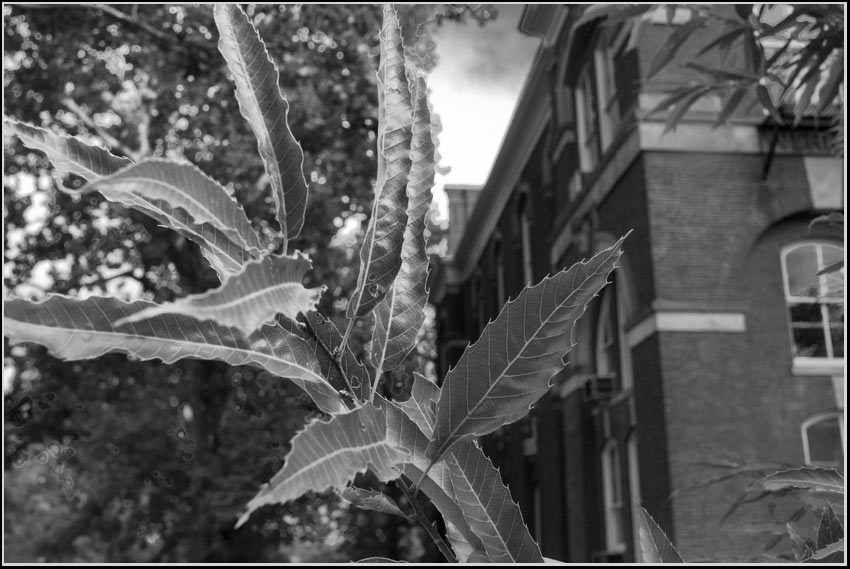
Eight years ago a massive white oak next to Brooks Hall blew down, the night hurricane Isabel came to town. UVA is really good about planting trees on central grounds (aka campus). They replanted a sapling near the oak’s site. My question, what is this tree? Looks almost like pictures of American Chestnut (Castanea dentate), a tree that used to dominate the Piedmont, got knocked down hard by blight starting in the early 1900’s.
On the subject of tree genocide, I wonder if UVA has an official program to deal with the Emerald Ash Borer? No doubt. They must. I wonder what percentage of the large trees at UVA are ash trees? The borers’ favorite food.
day of rest

fortunate
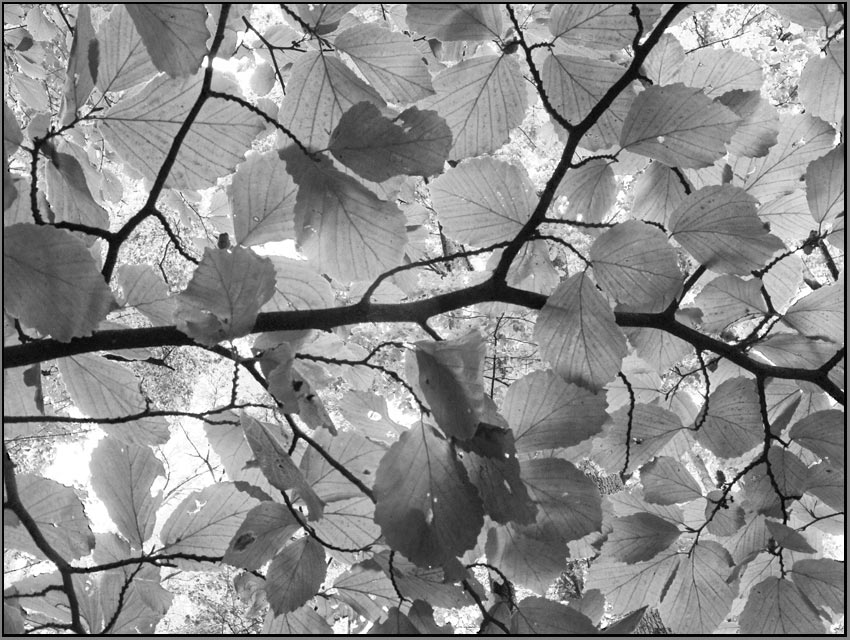
To live in a place where there is rain, and in a place where the villagers don’t make charcoal out of every available woody plant.
The forked twigs of Witch Hazel are preferred as divining rods. An extract of the plant is used in the astringent witch hazel. The bark and leaves were used by native Americans in the treatment of external inflammations. Pond’s Extract was a popular distillation of the bark in dilute alcohol.–Wikipedia
betula uber

W.W. Ashe in 1918 as living in a single creek's drainage area.
The single natural population of Virginia round-leaf birch has dwindled down to only eight individuals in 2003.
Reproduction in the wild was last documented in 1981.
While there are nearly 1,000 artificially propagated trees in botanical gardens and the wild, the lack of natural reproduction is the primary reason the tree is still listed today.
Recovery for the Virginia round-leaf birch hinges on the successful natural reproduction and survival of these populations in the wild.--U.S. Fish and Wildife Service
tree sex
Tree champion Joe Murray talks about woody perennial sex and Betula Uber…